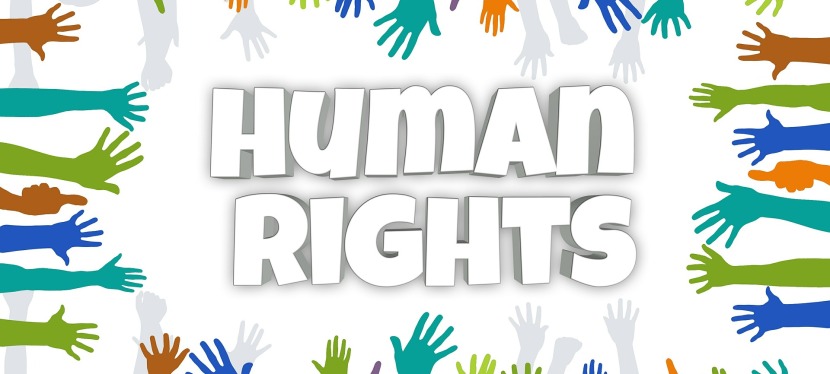In this difficult time, we continue to follow the crisis in Ukraine from afar. The war itself and its humanitarian and economic fallout pose some tough questions. Good stewardship may come down to posing and answering difficult questions.
For at least two decades, we ignored Russia’s globalized corruption and localized aggression. Ignored may be too soft– some even welcomed it. On March 4, 2018, Putin’s agents poisoned former Russian spy Sergei Skripal, then residing in the United Kingdom. Investors and global companies were willing to look the other way. Again, investors and global companies willfully ignored the attempted assassination of opposition leader Alexei Navalny in August of 2020. In fact, Germany, China, and the US topped the list of major investors in the Russian economy that year. On-going investments allowed Putin to entrench power, and, now, he is an unopposed dictator and global security threat.
The commencement of the Russian war in Ukraine has led to a corporate withdrawal from Russia that happened faster than anyone could have imagined. In less than four weeks, from American Express to YouTube, 380 global companies announced some kind of withdrawal from Russia, based on data compiled by the Yale School of Management. At the same time, Yale tracks 39 companies that will remain in Russia or have refused to disclose plans regarding their operations. [The Yale list does not include Koch Industries or its subsidiaries that, according to Judd Legum, also are continuing their operations in Russia.]
The motivations for abandoning business in Russia could be described in a handful of categories. Some companies have left on principle. Some have left as a consequence of sanctions. Others may have left for fear of boycotts and backlash. Still others didn’t want to be labeled as being on “the wrong side of history.” Some have only halted operations for now.
There was, obviously, another, earlier course of action: those who, based on human rights due diligence, found that investment in Russia was a risk that they would not undertake. Due to internal assessments of human rights and political governance risks, informed by the UN Guiding Principles on Business and Human Rights (UNGPs), those asset owners already had limited exposure to Russia. Since there has been an international armed conflict, internal armed conflict, and military occupation in Ukraine since 2014, enhanced human rights due diligence was required under the UNGPs. Change can be planned and gradual, or attempted in the heat of a crisis, but most would recommend the planned and gradual route.
Investors, like all business actors, are expected to respect human rights as outlined by UNGPs. Investor responsibility is increasingly embedded into legal frameworks (e.g. EU rules requiring investors to disclose steps taken to address the adverse impact of their investment decisions on people and the planet). ICCR’s Investor Alliance for Human Rights has developed a toolkit to help asset owners and managers address risks to people posed by their investments.
We should review the whole of our investments and use the IAHR toolkit and other resources to do so. Asset owners that expand investments in Saudi Arabia are willfully ignoring flashing warning lights about human rights risks. If Jamal Khashoggi’s brutal murder in 2018 did not persuade an asset owner or an asset manager, this weekend’s mass execution of 81 prisoners is not likely to be a deterrent either. Or consider Myanmar. Since the February 1, 2021 coup, gas revenues are the largest funding source for the Burmese armed forces. Foreign gas companies work hand-in-hand with Myanma Oil and Gas Enterprise (MOGE), which is under control of the Myanmar military. The same can be said for investments in the Xinjiang Uygur Autonomous Region (XUAR) of China and a host of other countries.
While the U.S. and international community have reacted with great speed and resolve to punish Russia’s most recent invasion of Ukraine, it is troubling that we have yet to levy a similar sanctions regime on the Chinese government for its genocide in Xinjiang.
The examples of Ukraine, Saudi Arabia, Myanmar, and XUAR China highlight the increasing severity and number of conflict-affected and high-risk areas across the globe. It is up to investors and companies to respond to these systemic risks with systemic solutions, putting conflict-sensitive policies and practices into place.
Our colleagues at Heartland Initiative developed the “Rights Respecting Investment in CAHRA methodology” as one resource to assist investors.
Rich Stazinski, executive director at Heartland put it this way: “Companies and investors have had nearly a decade since the Russian invasion of Crimea to grapple with the ongoing consequences of conflict and risk in Ukraine. While abiding by evolving rounds of economic sanctions and export controls is necessary to make companies and investors legally compliant, it is far from sufficient to fulfill their responsibilities under the UN Guiding Principles. In order to do so, they must adopt robust policy and practices that address the heightened risks of doing business in conflict-affected and high-risk areas, from Ukraine to Myanmar to Xinjiang.”
Asset owners need to ask difficult or controversial questions. The very issues facing our portfolios and, indeed, our planet are too important not to.




